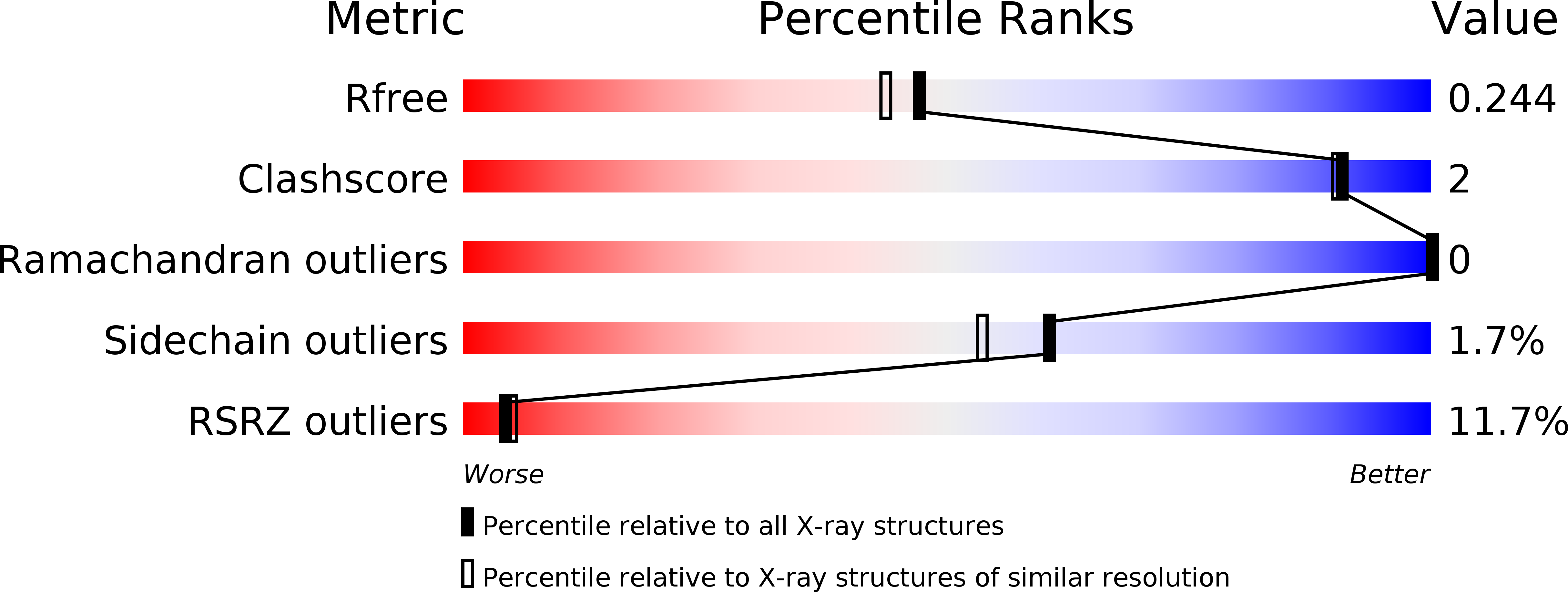
Deposition Date
2018-11-23
Release Date
2018-12-26
Last Version Date
2024-11-06
Entry Detail
PDB ID:
6I9I
Keywords:
Title:
Rift valley fever virus Gn in complex with a neutralizing antibody fragment
Biological Source:
Source Organism:
Oryctolagus cuniculus (Taxon ID: 9986)
Rift valley fever virus (Taxon ID: 11588)
Rift valley fever virus (Taxon ID: 11588)
Host Organism:
Method Details:
Experimental Method:
Resolution:
1.98 Å
R-Value Free:
0.24
R-Value Work:
0.20
R-Value Observed:
0.20
Space Group:
P 1


